您的购物车目前是空的!
Why Aren’t Power Lines Buried?
Beginner's Guide to Track Sockets discussion of various topics Outlets Guide remodeling plans
The sight of power lines stretching across landscapes is a common one in many parts of the world. These overhead lines have been a standard method of electricity distribution for over a century. However, with the increasing frequency of severe weather events and the desire for more aesthetically pleasing landscapes, the question arises: why aren’t power lines buried? Why can’t power lines be underground? This blog post will explore the reasons behind the continued use of overhead power lines, the challenges of underground power lines, and the countries that have embraced undergrounding as part of their power infrastructure.
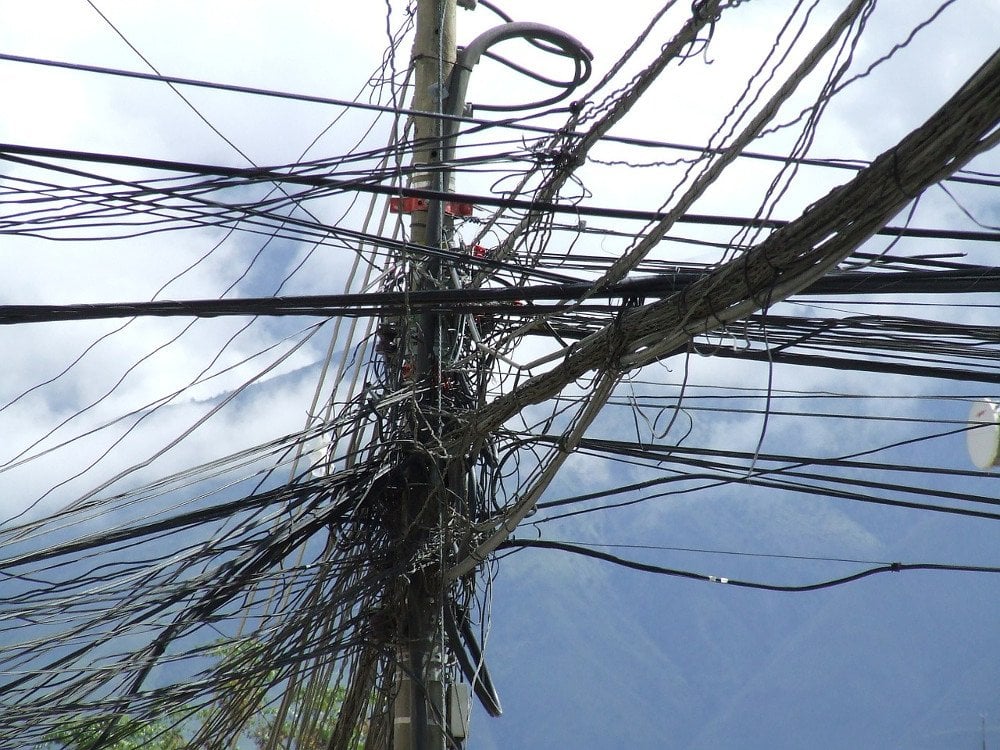
1. Why Aren’t Power Lines Buried?
Why aren’t power lines buried? This question is often asked by those living in areas prone to power outages due to storms, or by those who simply prefer an unobstructed view of the sky. The decision to keep power lines above ground is influenced by several key factors, including cost, maintenance, and practicality.
1.1. High Costs of Underground Power Lines
The most significant reason why power lines aren’t buried is the cost. Burying power lines is an expensive process, with estimates suggesting that undergrounding power lines can cost up to ten times more than installing them overhead. This includes the cost of excavation, materials, and the technology required to protect the cables from water, soil, and other underground elements. Additionally, the costs of retrofitting existing overhead lines to underground systems are prohibitive for many municipalities and utility companies.
1.2. Maintenance and Repair Challenges
While underground power lines are protected from weather-related damage, they pose significant challenges when it comes to maintenance and repair. Identifying and accessing a fault in an underground power line is more complicated and time-consuming than in an overhead system. Repairs often require digging up streets or properties, which can be disruptive and costly. This challenge is a major reason why power companies hesitate to transition to underground systems, particularly in areas where quick access to repair lines is critical.
1.3. Environmental and Geological Concerns
The feasibility of burying power lines also depends on the local environment and geological conditions. In areas with rocky terrain, high water tables, or frequent seismic activity, burying power lines can be particularly difficult and expensive. The process of digging trenches and laying cables can disrupt local ecosystems and may require significant environmental mitigation efforts.
Learn more:
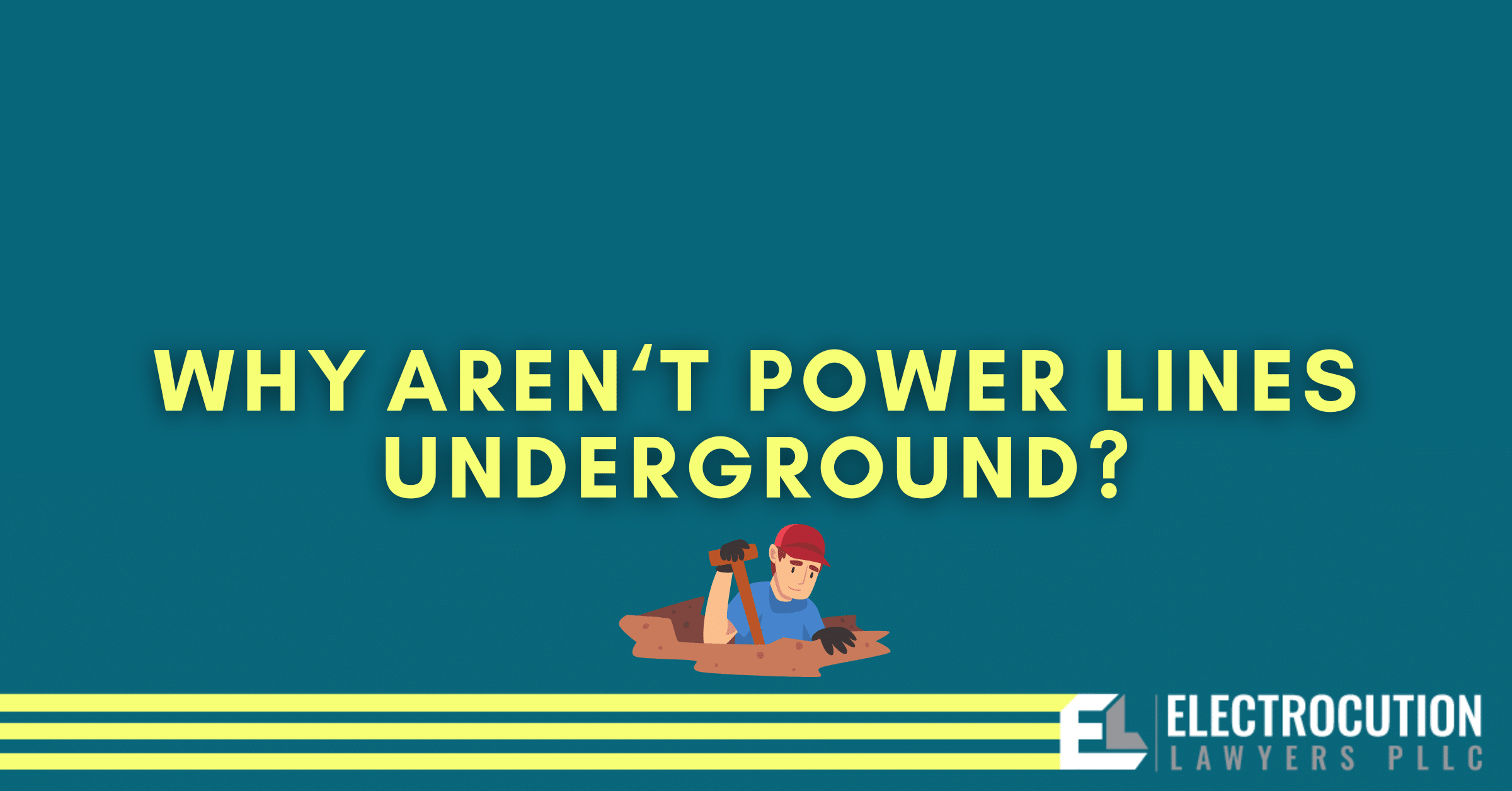
Also, underground power lines aren’t completely safe from natural disasters. They can flood, and digging or other construction can slice into underground service.–Why Aren’t All Power Lines Underground?
2. Why Can’t Power Lines Be Underground?
Why can’t power lines be underground? is a more nuanced question, as it involves understanding the limitations and potential downsides of underground power systems.
2.1. Urban vs. Rural Considerations
In urban areas, underground power lines are more common because the benefits often outweigh the costs. However, in rural areas, where power lines cover vast distances, burying lines becomes less practical. The cost of burying lines over long distances, combined with the difficulty of accessing remote locations for maintenance, makes underground systems less feasible in these settings.
2.2. Risk of Flooding and Water Damage
Underground power lines are vulnerable to water damage, especially in areas prone to flooding. Unlike overhead lines, which are elevated and insulated from ground moisture, underground cables must be specially designed to resist water infiltration. Even with these precautions, water damage remains a significant risk, potentially leading to more frequent outages and costly repairs.
2.3. Interference with Other Underground Infrastructure
Cities and towns often have complex underground networks, including water pipes, gas lines, and telecommunications cables. Adding power lines to this mix can increase the risk of interference or damage during installation and maintenance. Coordination with other utility services is essential but adds complexity and cost to underground power line projects.
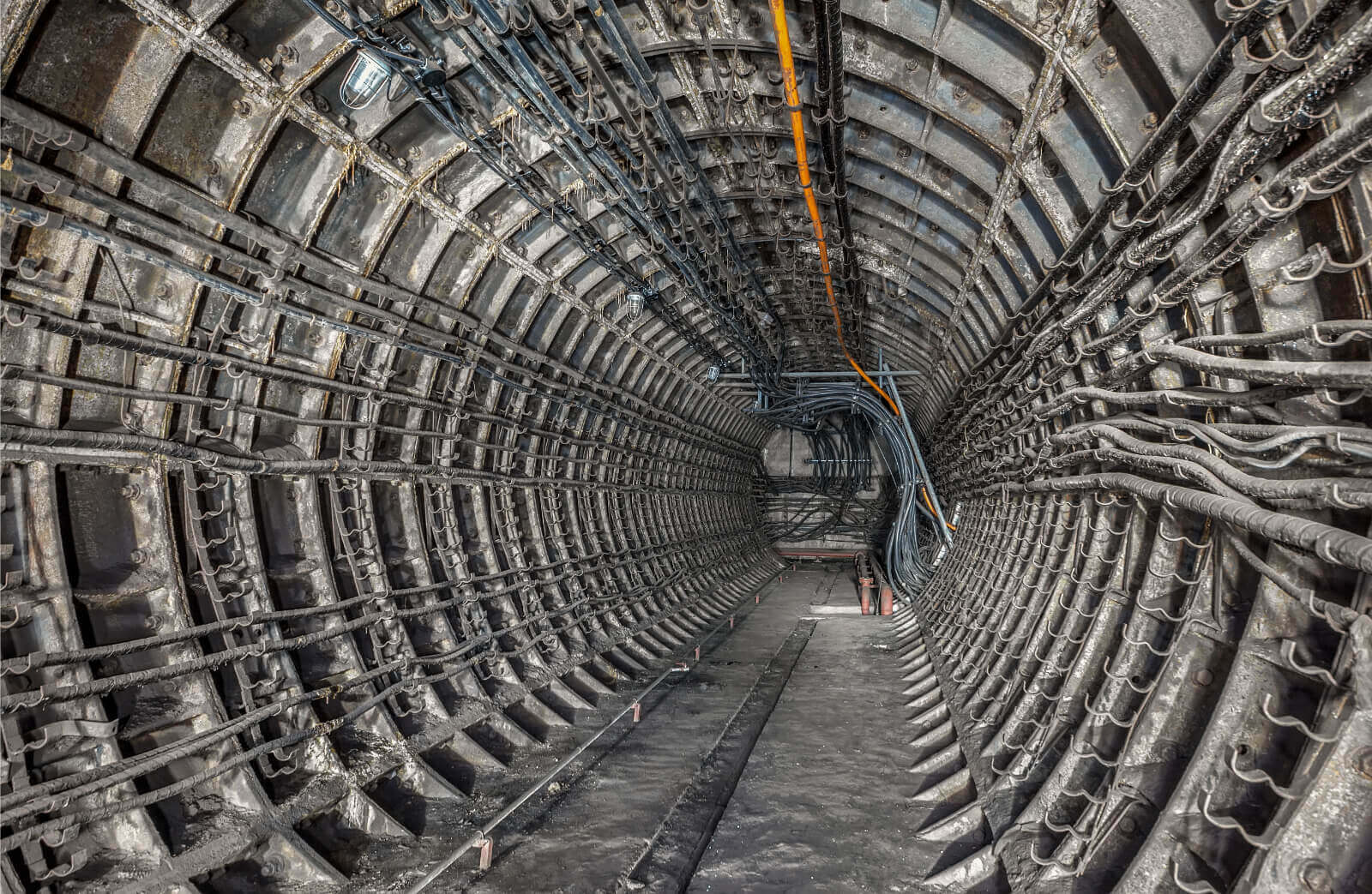
Learn more:
Cost not safety or continuity of electrical service is the reason that power lines are not underground in the U.S. Burying them below ground would eliminate the electrocution danger created by downed power wires and prevent or minimize outages during storms. In the U.S., power lines are not underground primarily because of cost and utilities have been fierce opponents of efforts to bury them below ground.–Why aren’t power lines underground
In large cities you’re correct, there’s a reason you don’t see power lines draped across buildings in Manhattan. And even more affluent neighborhoods will have the lines buried. But there’s one enormous reason that ALL lines aren’t buried: cost.–Why aren’t power lines in the US burried underground so that everyone doesn’t lose power during hurricanes and other natural disasters?
We do put power lines underground. Most new communities have underground power lines. Cities and towns with existing structures have many right-of-way issues and it was more expedient to just string power lines above ground. It’s also less expensive initially to string lines above ground. Some places, like Florida, have a very high water table which makes it less practical to bury power lines.–Why don’t Americans put their power lines, etc. underground?
Image Source:governing
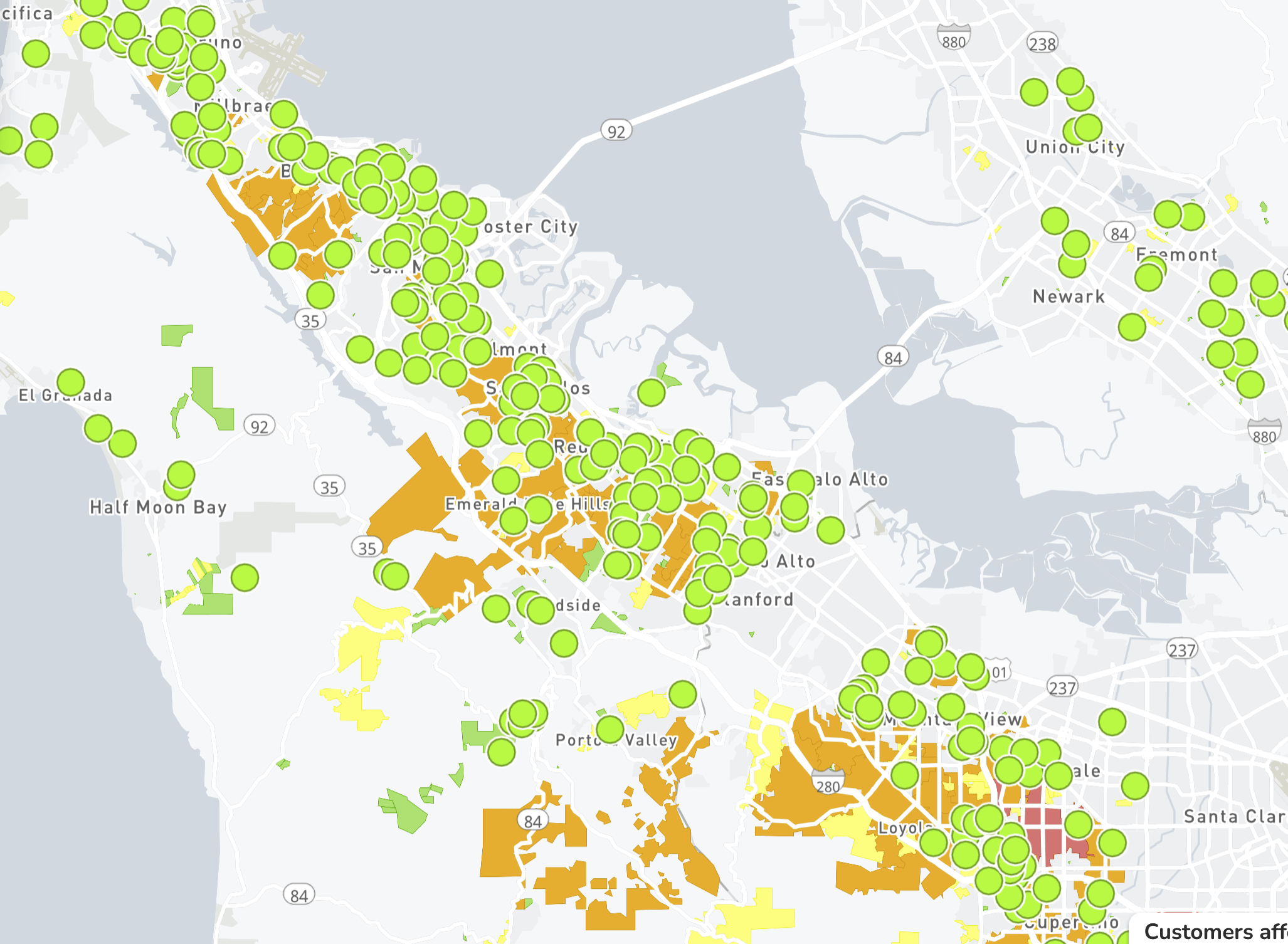
Burying utility lines can be prohibitively expensive, and it is far from foolproof. There are other ways to accomplish the same goal, including the use of drones and smart grids.–We All Want to Put Those Damned Power Lines Underground
3. Which Countries Have Underground Power Lines?
Despite the challenges, many countries have made significant investments in underground power lines, particularly in urban areas or regions prone to severe weather. These countries have recognized the long-term benefits of undergrounding power lines, such as improved reliability, safety, and aesthetics.
Despite the obvious benefits of the underground power lines, there is only a tiny minority of countries where most of the power lines are located underground, all in Europe. In the Netherlands, all low-voltage and medium-voltage power lines are located underground. In Germany, about three-third of medium-voltage power lines and close to 90 percent of low-voltage power lines are under the ground. The risk of power outages and electricity-related injuries in these countries is lower due to the safety of underground power lines. High-voltage power lines are still overwhelmingly overhead everywhere in the world because of the limited current capacity of the underground power lines.
3.1. The Netherlands
The Netherlands is a leader in the use of underground power lines. Due to its flat terrain and high population density, the country has invested heavily in burying both low and high-voltage lines. Nearly all new power lines in urban areas are installed underground, and there is a concerted effort to replace existing overhead lines.
3.2. Germany
Germany has also embraced underground power lines, particularly in urban areas and regions where the visual impact of overhead lines is a concern. The German government has set ambitious goals to reduce the number of overhead power lines, focusing on environmental protection and landscape preservation.
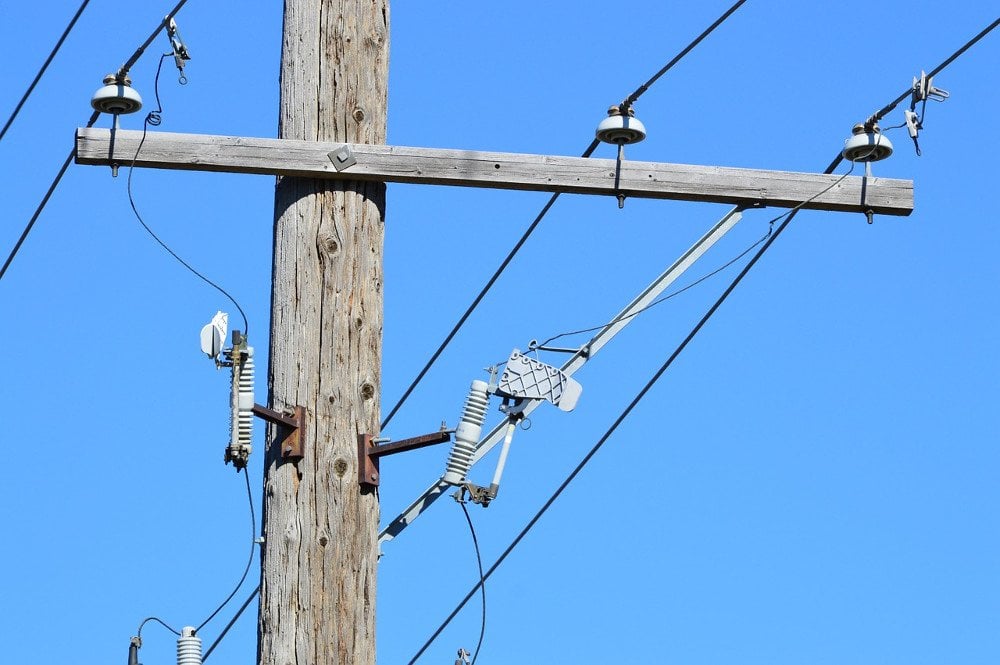
3.3. Singapore
Singapore, with its small size and high urban density, has almost entirely eliminated overhead power lines. The city-state has invested in an extensive underground power network that provides reliable electricity to its residents while maintaining the aesthetics of its urban landscape.
3.4. Japan
In Japan, underground power lines are common in urban areas, particularly in regions prone to typhoons and earthquakes. While the cost of burying lines is high, the Japanese government has prioritized undergrounding in disaster-prone areas to enhance the resilience of the power grid.
3.5. The United Kingdom
The United Kingdom has also made significant strides in undergrounding power lines, especially in areas of natural beauty and historical significance. While overhead lines remain common in rural areas, there is a growing trend toward burying lines in new developments and urban centers.
4. The Future of Underground Power Lines
Image Source:nassaunationalcable
As technology advances and the costs of underground systems decrease, more countries and cities may choose to bury their power lines. The push for more reliable and resilient power grids, combined with increasing concerns about climate change and severe weather, may drive further investment in underground power infrastructure. However, the transition from overhead to underground systems will continue to be influenced by a balance of cost, practicality, and the specific needs of each region.
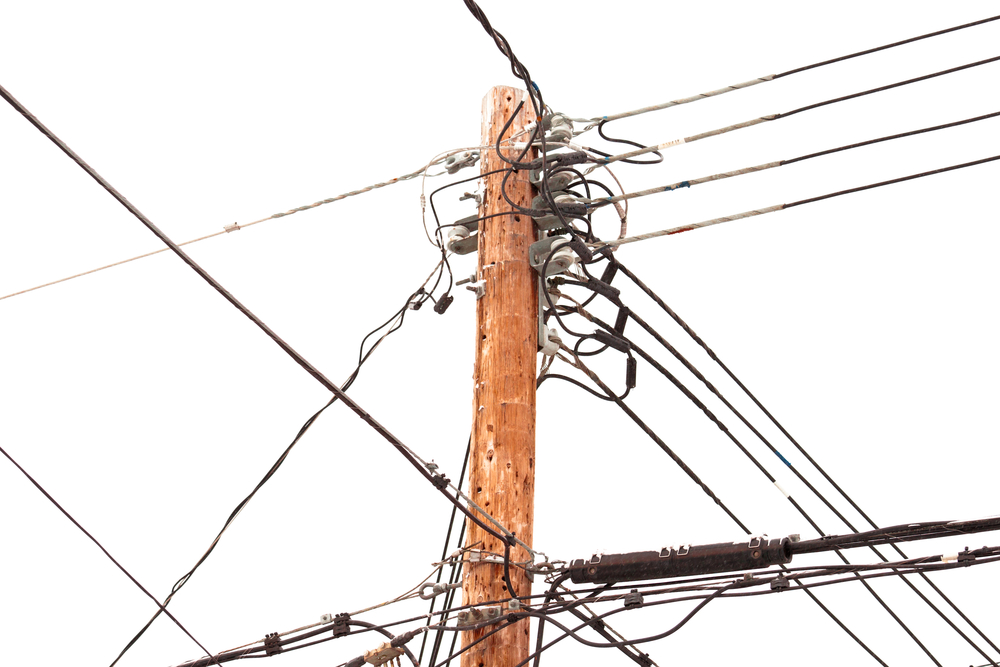
5. Conclusion: Balancing Costs and Benefits
While the idea of burying all power lines is appealing from both an aesthetic and safety perspective, the reality is more complex. The high costs, maintenance challenges, and environmental considerations make underground power lines feasible in some areas but not in others. Countries like the Netherlands, Germany, and Singapore have shown that it is possible to implement underground systems effectively, particularly in urban areas. However, for many regions, especially those with extensive rural areas or challenging terrains, overhead lines remain the most practical solution.
The future of power distribution may see a gradual increase in underground power lines, especially as technology improves and costs decrease. For now, the decision to bury or not to bury power lines will continue to be made on a case-by-case basis, weighing the benefits of reliability and aesthetics against the challenges of cost and practicality.
- Wowsocket: Your Trusted Track Socket Factory for UK-Compliant Power Solutions
- Track Socket UK: The Ultimate Guide to Choosing and Installing the Right Power Solution
- Track Sockets in the Netherlands: The Ultimate Solution for Smart Homes
- Les Prises de Courant sur Rail en France : La Solution Électrique Flexible et Intelligente pour Votre Maison
- UK Track Sockets: The Ultimate Smart Power Solution for Your Home
27,201 点击次数

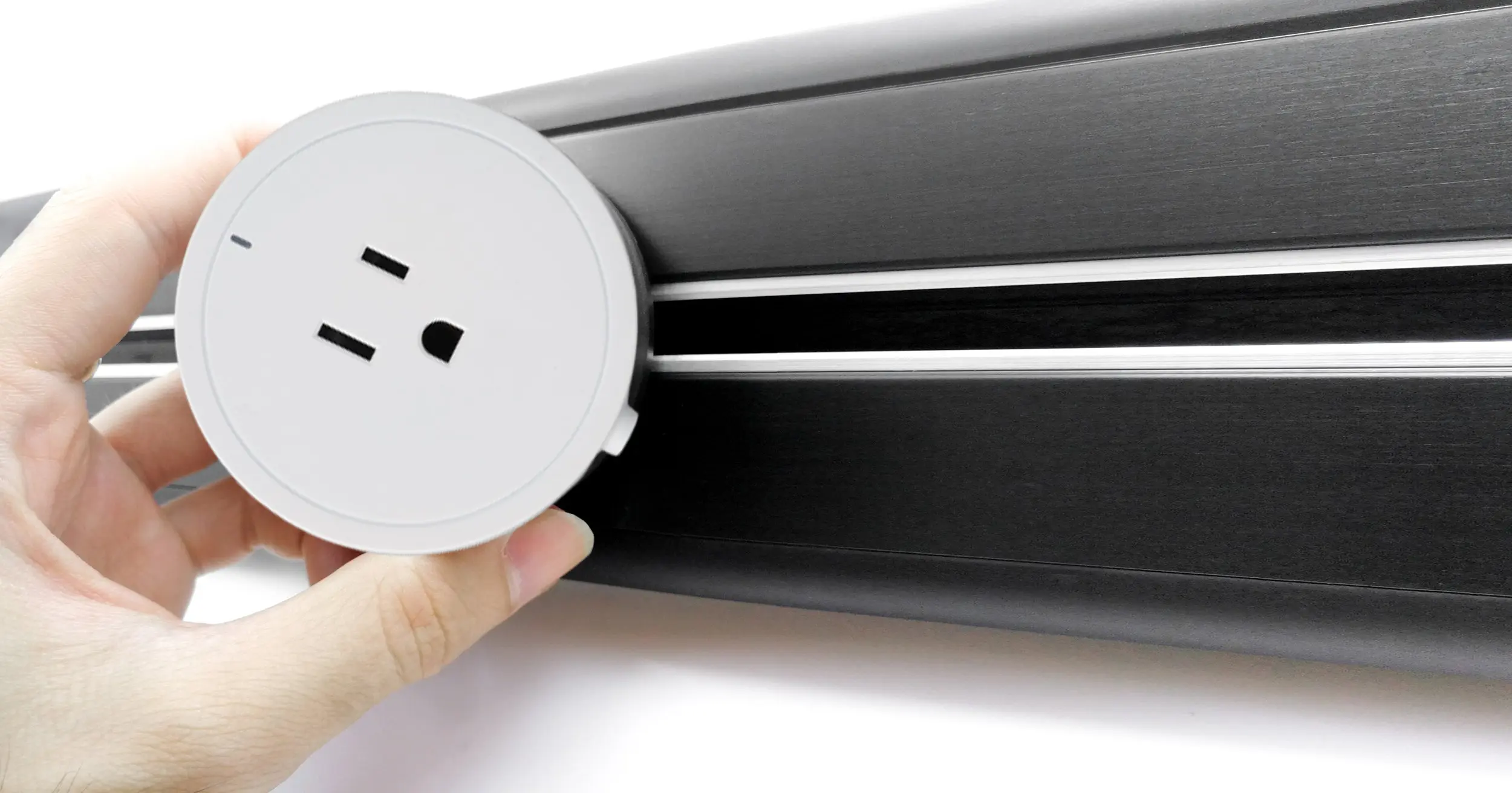
发表回复